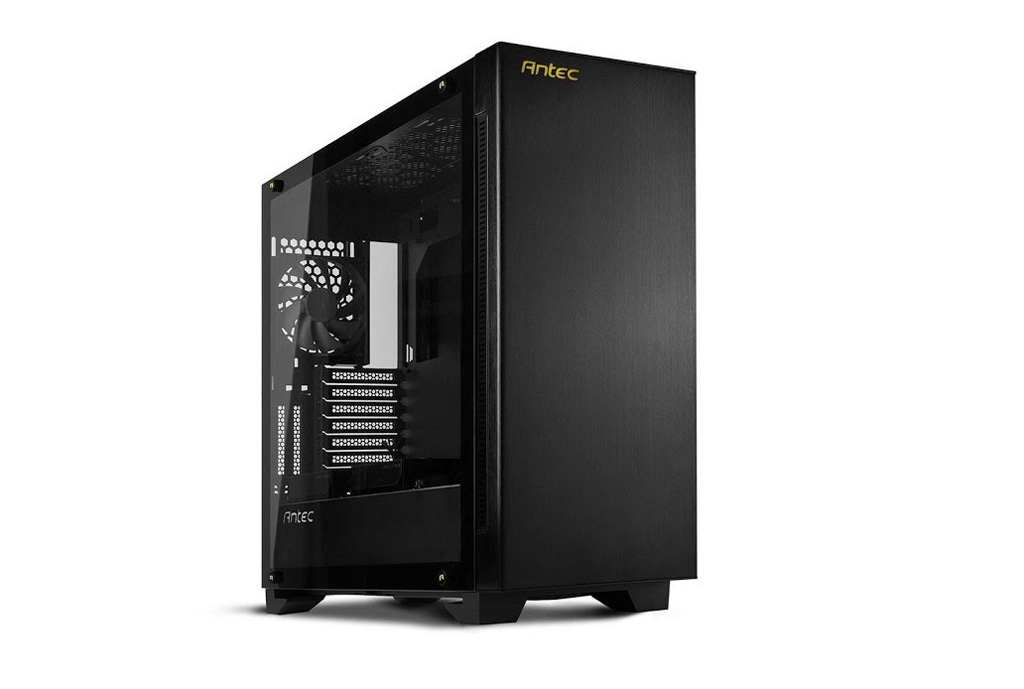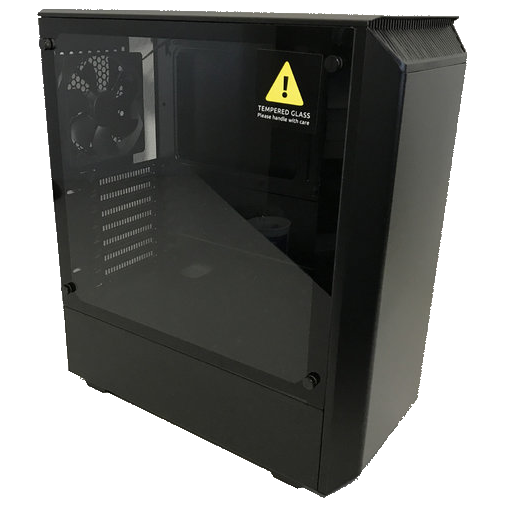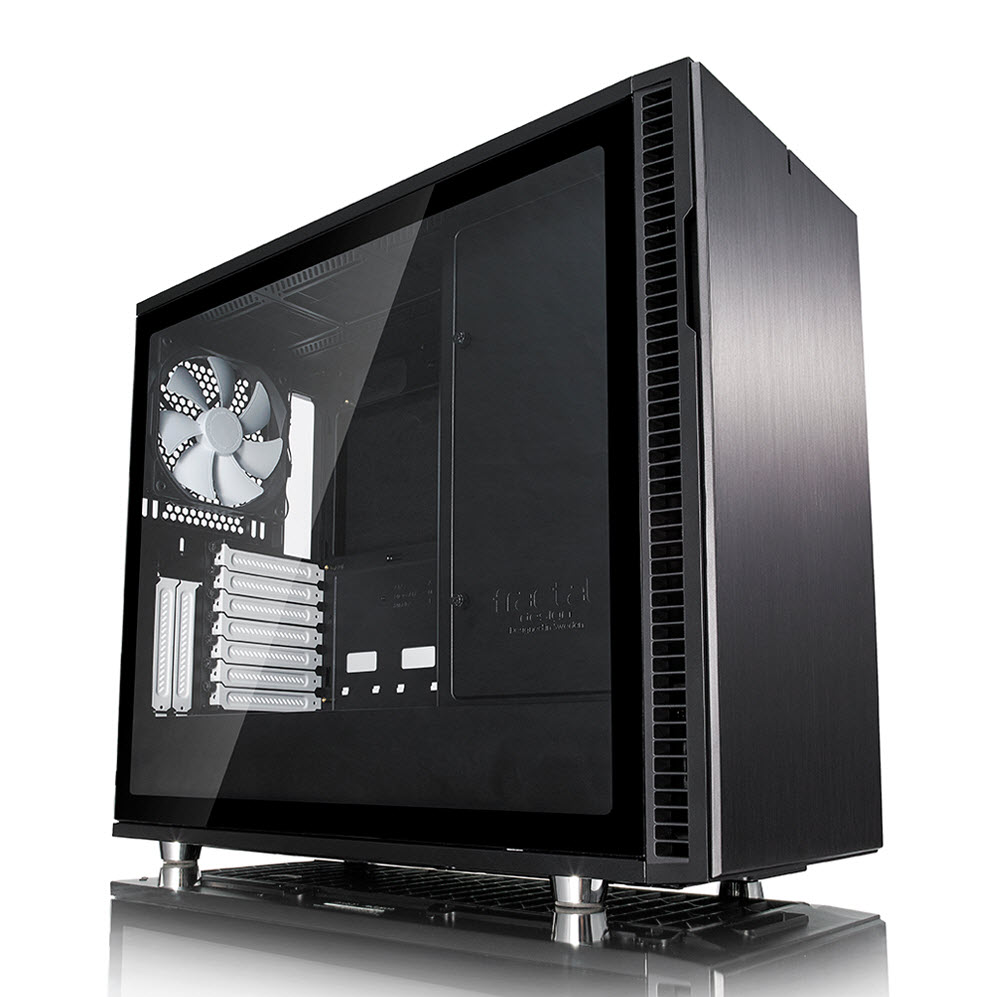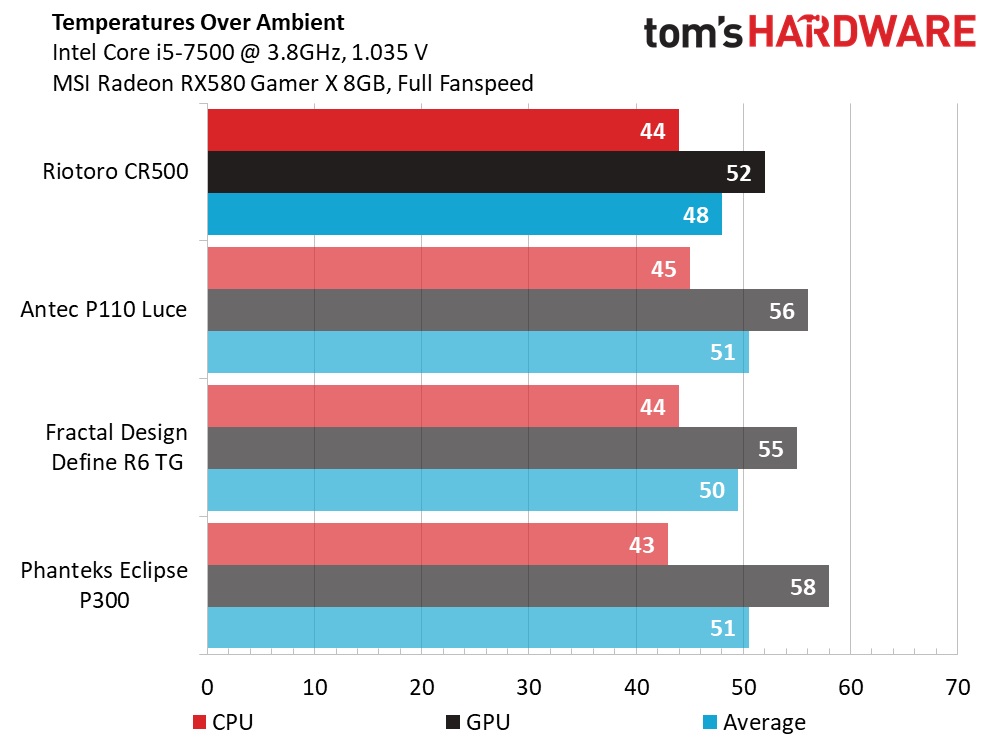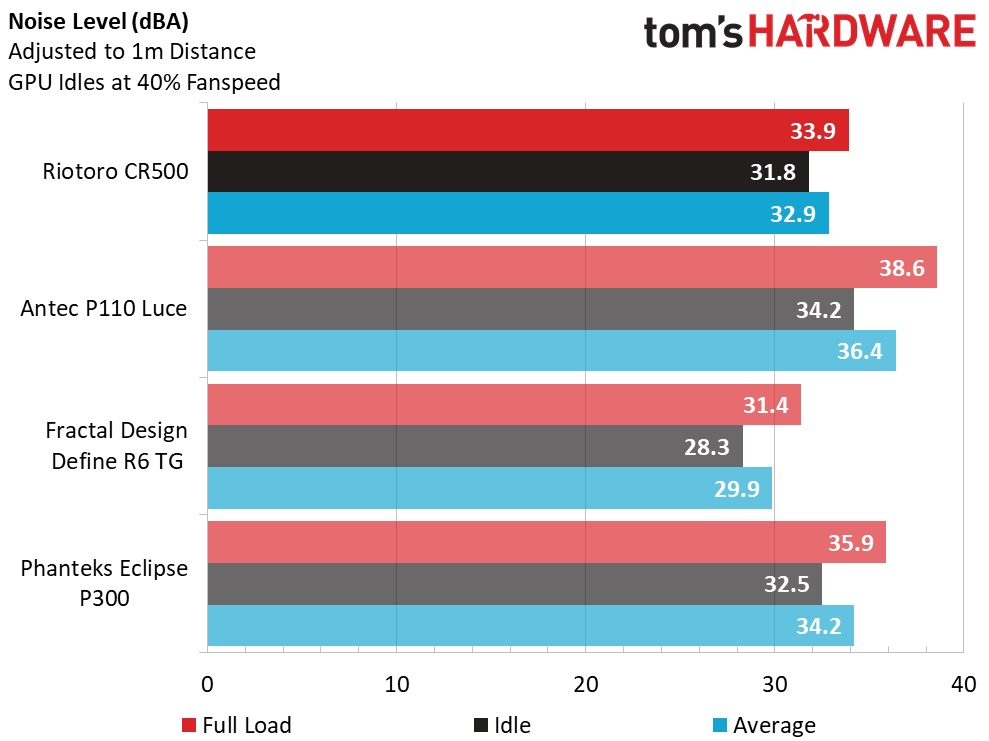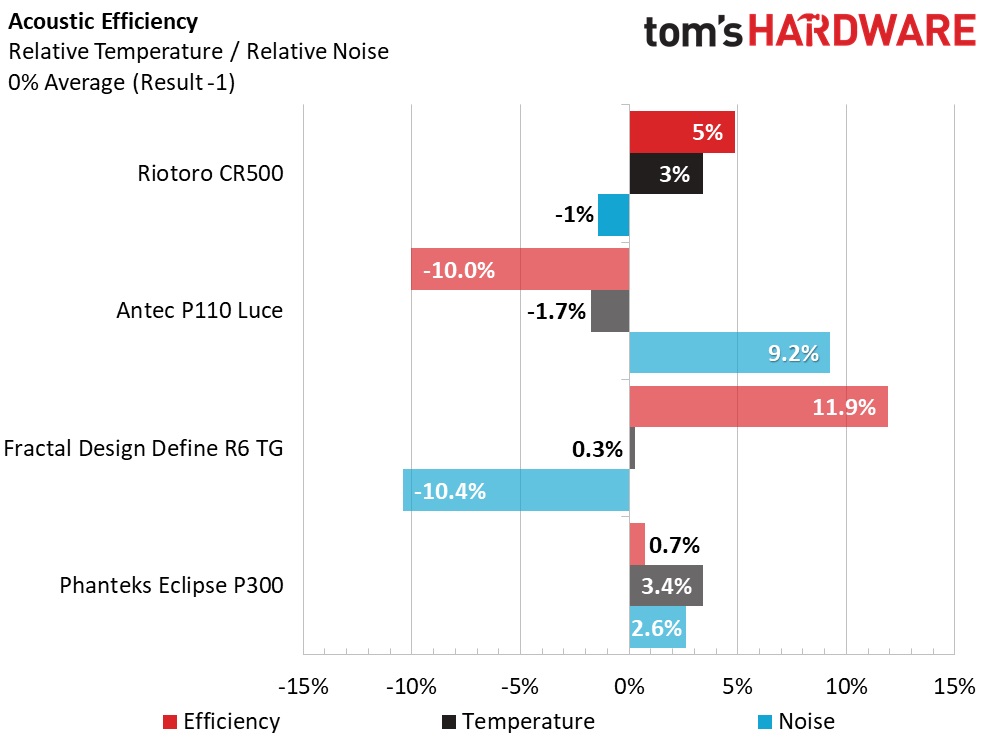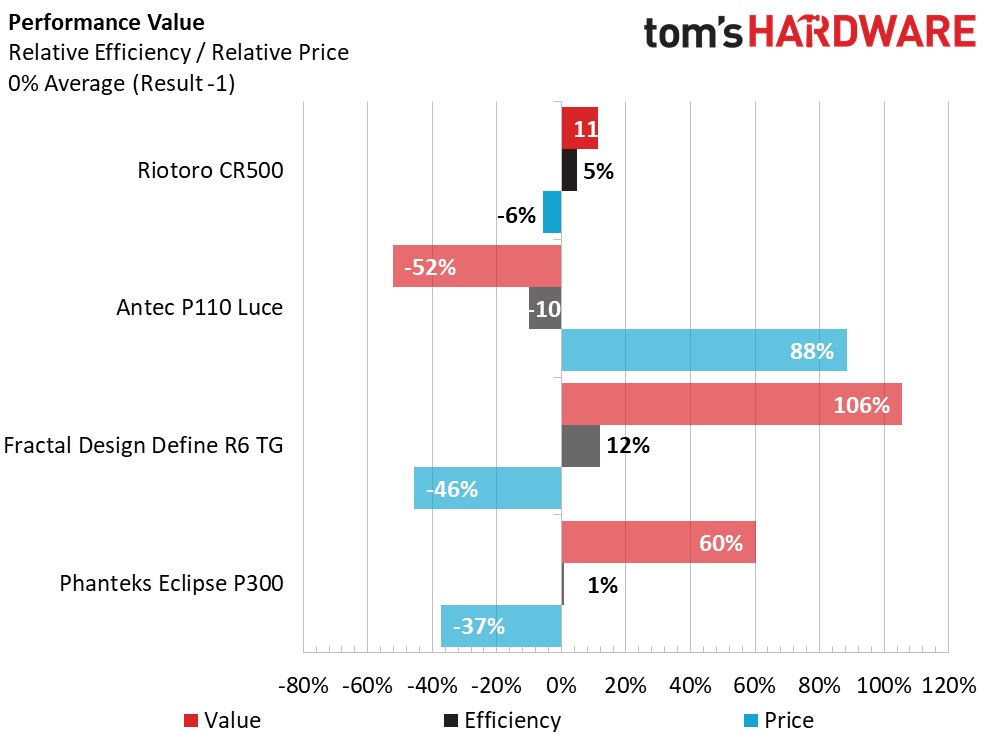Riotoro CR500 Tempered Glass Mid-Tower Case Review
Why you can trust Tom's Hardware
Benchmark Results & Conclusion
For comparison purposes, we chose to pit the Riotoro CR500 against the Antec P110 Luce, the Phanteks Eclipse P300, and the Fractal Design Define R6 TG, because they are of similar size and features, and all have tempered-glass side panels.
Riotoro’s decision to equip the CR500 with two 120mm intake fans and a single 120mm exhaust fan proved to be a wise design choice. This combination made quick work of the heat generated by our test system. Fan speeds were manually set at 1,400 RPM for testing. CPU core temperatures on our budget quad-core i5-7500 processor running at 3.8GHz maxed out at 44°C over ambient temperature (25°C) during testing. Graphics card temperatures remained steady at 52°C over ambient temperature.
We were pleasantly surprised by the acoustic performance of the CR500. This is given the fact that, of the cases used for comparison purposes, it was the only chassis that features a mesh front panel, so we were expecting higher noise levels. It would seem that the filter material behind the mesh front panel did a pretty good job keeping fan noise down.
Cooling efficiency and noise levels are both ways to measure performance. Determining acoustic efficiency, also referred to as "cooling-to-noise ratio," is a matter of averaging all five of our tests to determine a base value.
Looking at our value chart, the Riotoro CR500 is dead even with both the Phanteks Eclipse P300 and the Fractal Design Define R6 in terms of basic features and price. This chassis, even with features taken into account, is a much better value than the Antec P110 Luce. Given this chassis’ solid thermal performance and respectable noise levels, the asking price of $60 seems like a bargain to us.
The Riotoro CR500 checks all the right boxes. The chassis sports a tempered-glass side panel, good acoustic and thermal performance, and three 120mm fans, two of which feature red LED lighting. Overall, this is a great chassis for the money.
MORE: Best Cases
Get Tom's Hardware's best news and in-depth reviews, straight to your inbox.
MORE: All Case Content
Current page: Benchmark Results & Conclusion
Prev Page Hardware Installation & Test ConfigurationSteven Lynch is a contributor for Tom’s Hardware, primarily covering case reviews and news.
